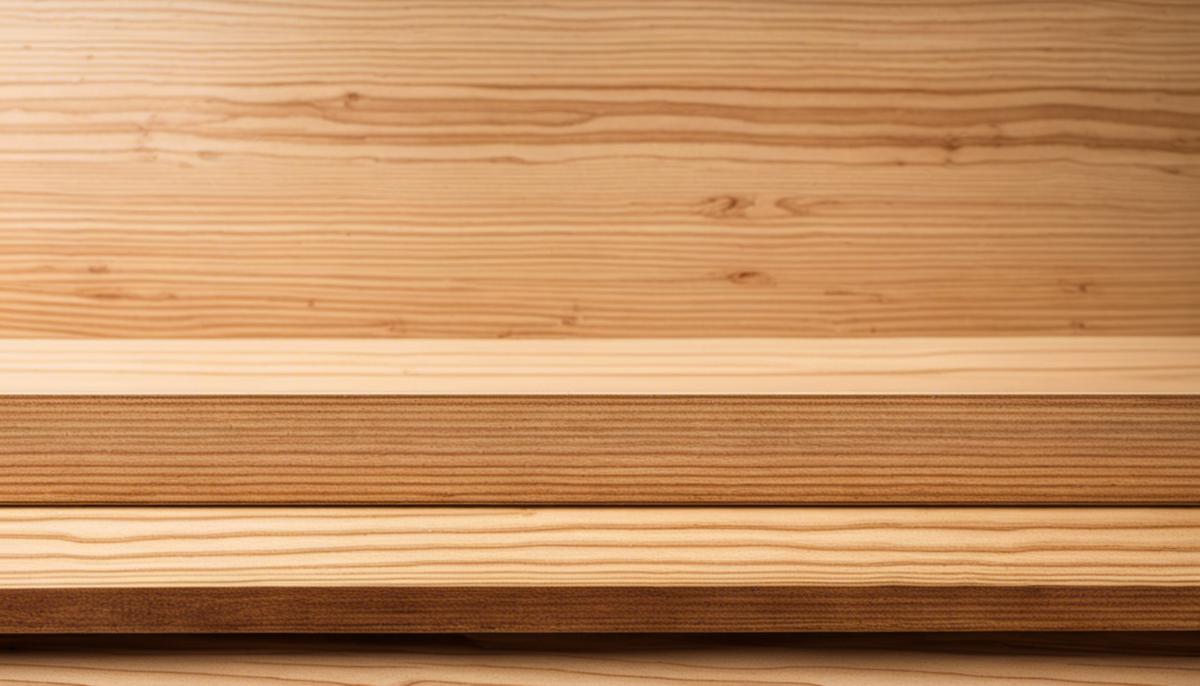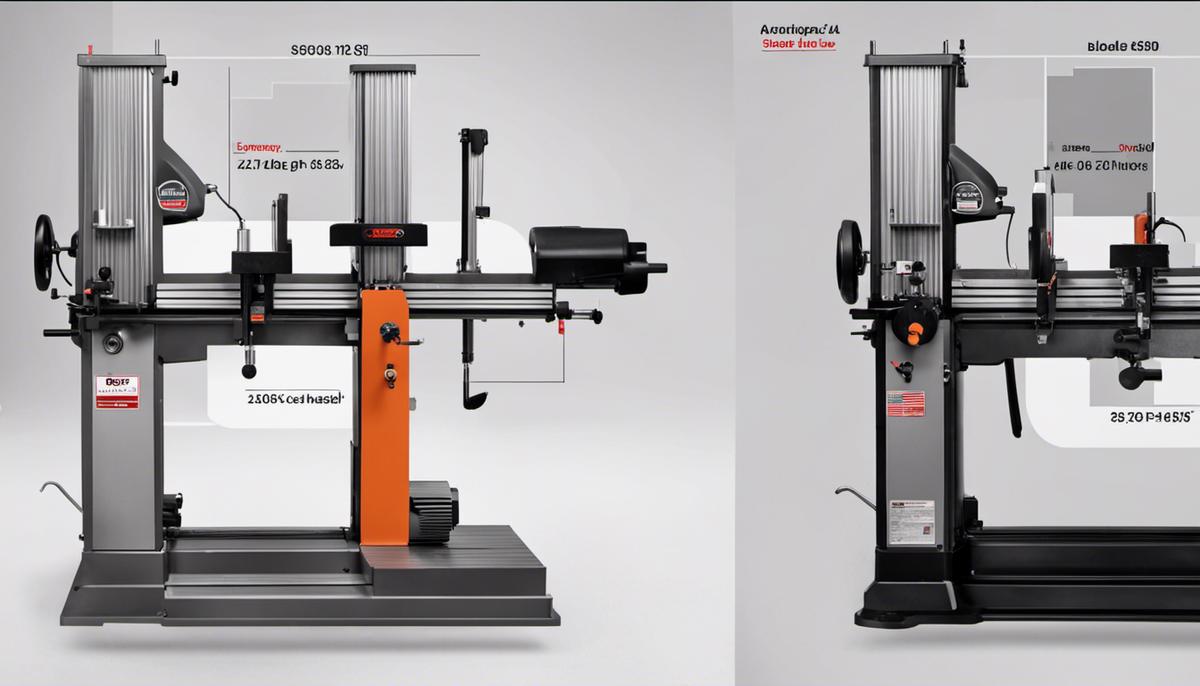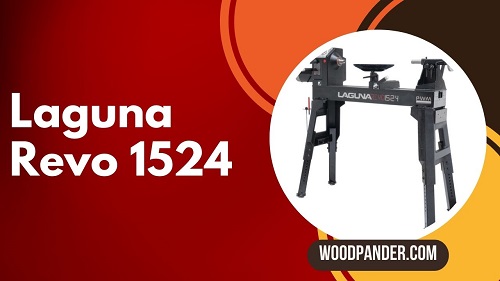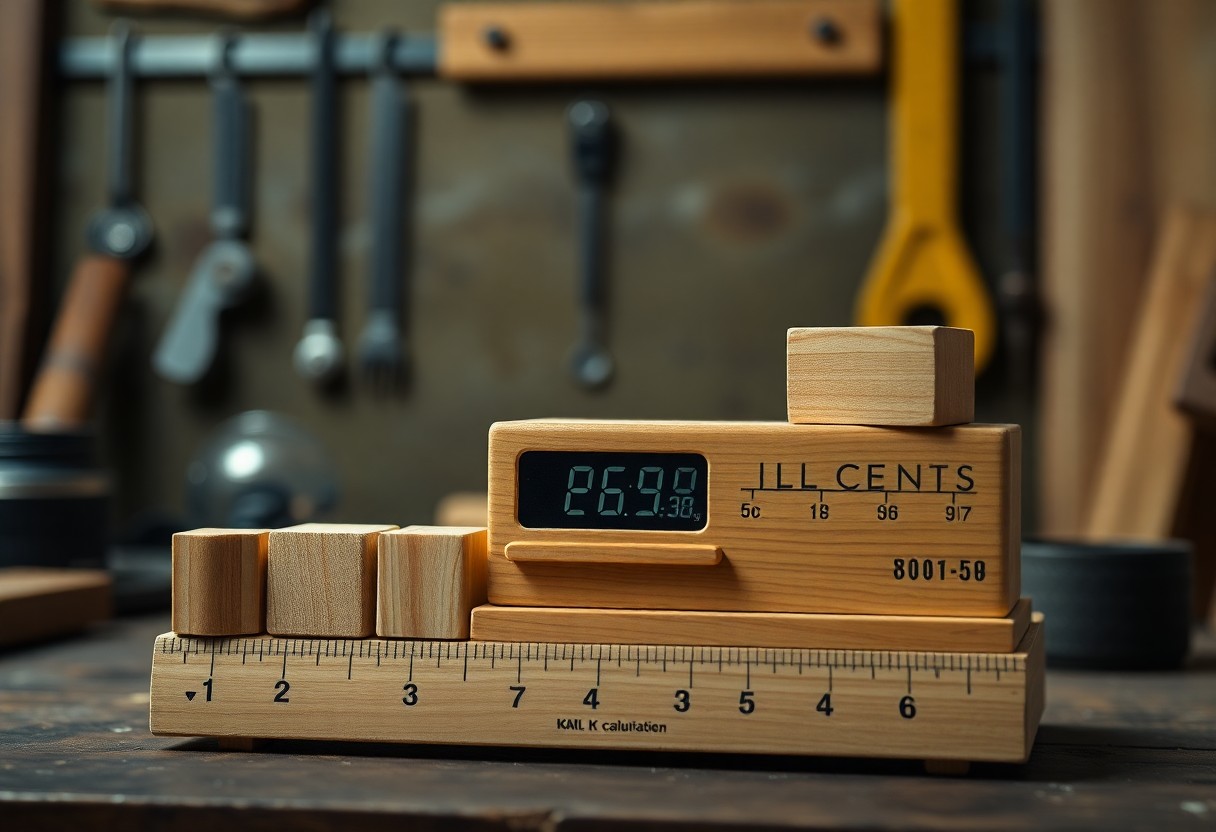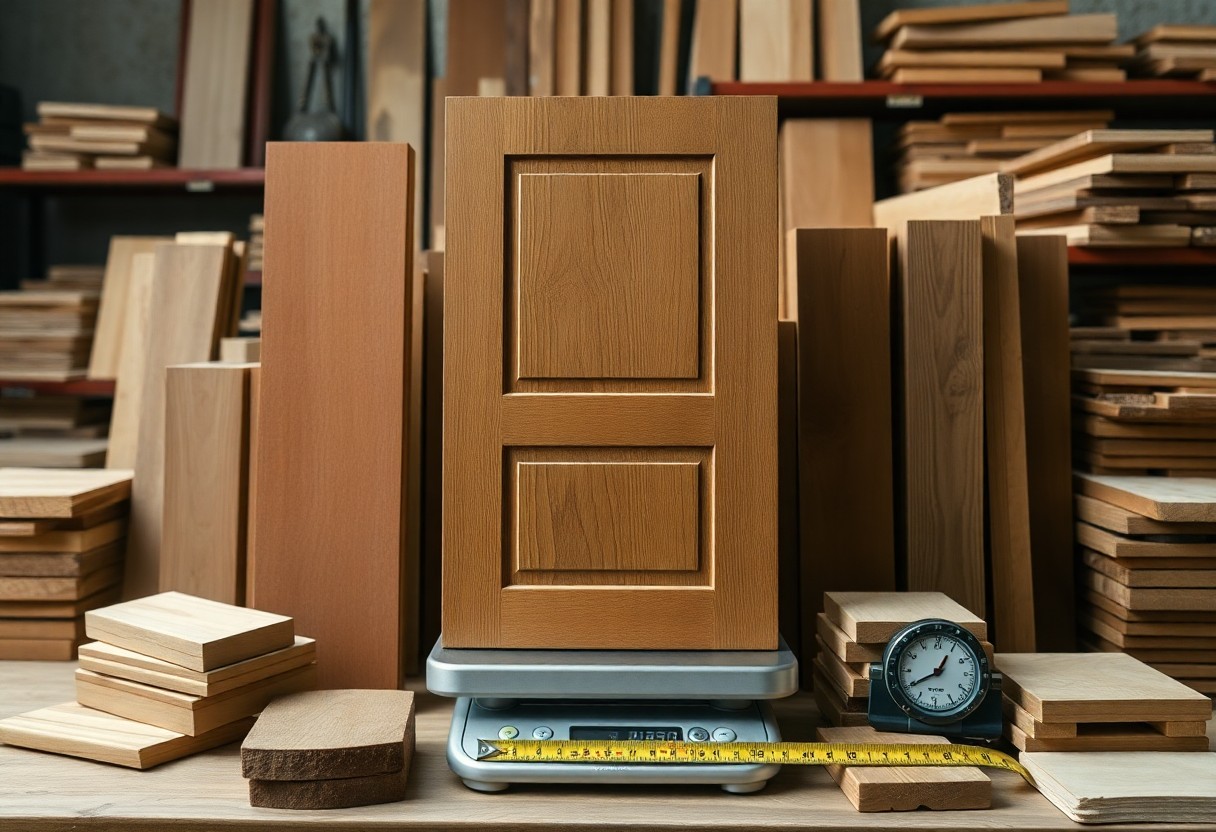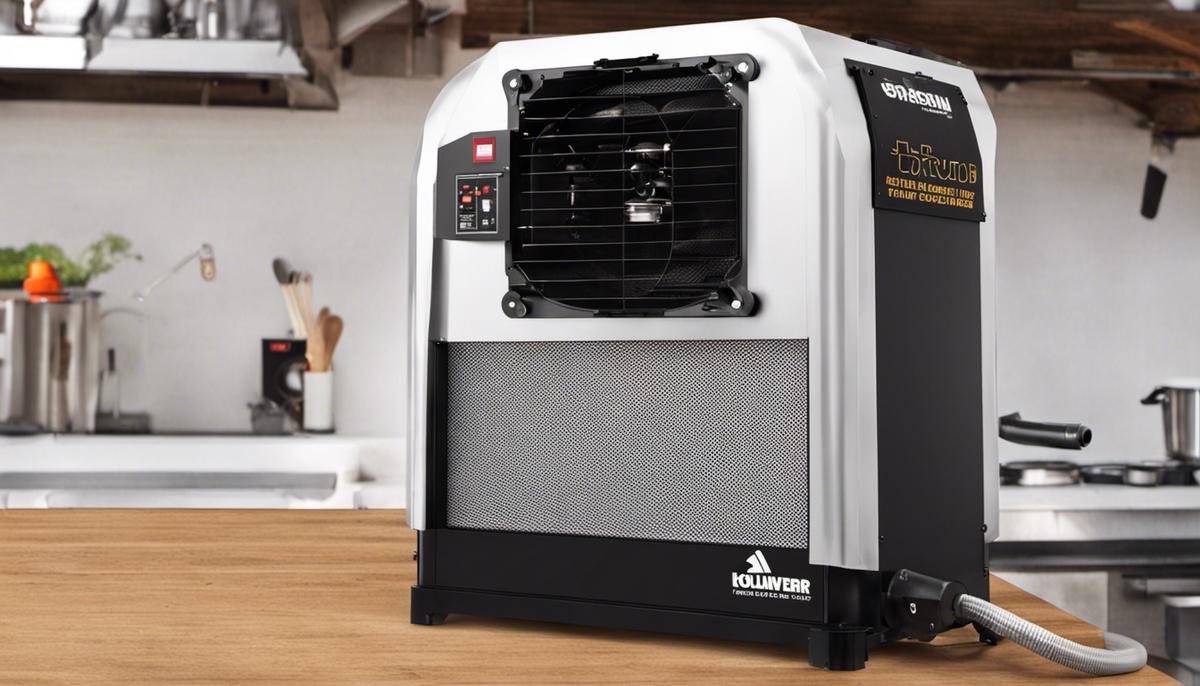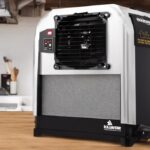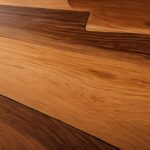In the vast and profoundly intriguing world of manufacturing and repair, welding plays an exceptionally significant role.
From the construction of towering skyscrapers to the repair of small sections in household items, welding serves as the backbone of structural integrity.
However, as we delve into the fundamental welding techniques and explore the wide range of materials that can be welded, it is equally crucial to recognize the potential hazards associated with specific scenarios, such as welding on a wooden table.
The inherent combustible nature of wood can transform an ordinary welding task into a hazardous situation.
This guide aims to enlighten you about the nuances of welding, the risks linked to conducting welding operations on wooden surfaces, and the importance of implementing appropriate safety measures.
| Criteria | Welding on Wood Table | Other Joining Methods |
|---|---|---|
| Material Compatibility | Suitable for metal | Limited to non-metal |
| Strength | Strong, permanent bond | Varies, may be weaker |
| Skill Required | Skilled welding | Beginner-friendly |
| Equipment Needed | Welder, safety gear | Basic hand tools |
| Cleanliness | Sparks, fumes, debris | Clean and tidy |
| Aesthetics | Industrial look | Various finishing options |
| Reversibility | Difficult to undo | Easier to disassemble |
| Cost | Moderate to high | Low to moderate |
Welding on a wood table is not recommended as it poses a fire hazard and can damage the table. It’s safer to use a welding table or a metal surface designed for welding to ensure safety and prevent damage to your work surface.
One of our articles –How To Flatten Warped Wood Table Top.
Understanding Welding Basics
| Welding Process | Heat Source | Filler Material | Joint Strength | Common Applications |
|---|---|---|---|---|
| MIG (Gas Metal Arc) | Electric Arc | Solid Wire + Gas | High | Automotive, Metal Fabrication |
| TIG (Gas Tungsten Arc) | Electric Arc | Tungsten Electrode + Filler Rod | Very High | Aerospace, Precision Welding |
| Stick (Shielded Metal Arc) | Electric Arc | Consumable Electrode | Medium to High | Construction, Pipeline |
| Flux-Cored | Electric Arc | Flux-Core Wire | High | Shipbuilding, Heavy Industry |
| Oxy-Acetylene | Oxy-Fuel Combustion | Rod + Oxygen + Acetylene | Low to Medium | Metal Sculpting, Jewelry |
| Spot Welding | Electric Resistance | None | High | Automotive, Electronics |
| Submerged Arc | Electric Arc | Granular Flux + Wire | Very High | Heavy Plate Welding |
| Laser Welding | Laser Beam | Filler Wire (optional) | Very High | Electronics, Medical Devices |
Understanding What Welding Is
Welding is a process in which materials are joined together by applying heat. It can be carried out using a variety of energy sources, from a gas flame to a laser, or even an electric arc.
What happens in the basic welding process is that the materials to be joined (typically metal or thermoplastics) are melted together, forming a pool of molten material that cools to become a strong joint weld.
Different Types of Welding
Several types of welding are commonly used in industries and hobbyist spaces, such as your garage.
The most common method is arc welding, also known as stick welding, which uses a welding power supply to create an electric arc between the base material and an electrode.
This melts the materials together and forms a bond when cooled. Other popular types include MIG (Metal Inert Gas) welding and TIG (Tungsten Inert Gas) welding, both of which use an externally supplied gas to protect the weld from contamination.
Materials You Can Weld
The most common materials you’ll deal with in welding are metals, such as steel, aluminum, and copper, as well as thermoplastics.
However, it’s important not to attempt to weld materials like wood, cardboard, or most other materials that lack a high melting point. These can burn easily and pose a serious safety risk.
Safety Requirements When Welding
When learning to weld, safety should be your top priority. This means wearing the right protective gear, including weld gloves, safety glasses, and a helmet with a protective visor. One must always weld in a well-ventilated area to prevent the accumulation of noxious fumes.
The Hazard of Welding on a Wood Table
Welding can generate an immense amount of heat, sparks, and often molten debris. This means that if you choose a wood table as your welding surface, it presents a significant fire risk. Not only may the table itself catch fire, but the flames could quickly spread to other flammable materials nearby. Therefore, welding on a wood table is seriously hazardous and should not be done.
To avoid this risk, always weld on a fireproof surface, such as a welding table made of metal. Also, ensure that other flammable materials are kept away from your welding area, and always have a fire extinguisher at hand while welding. Following these measures can help make your welding experience safe and productive.
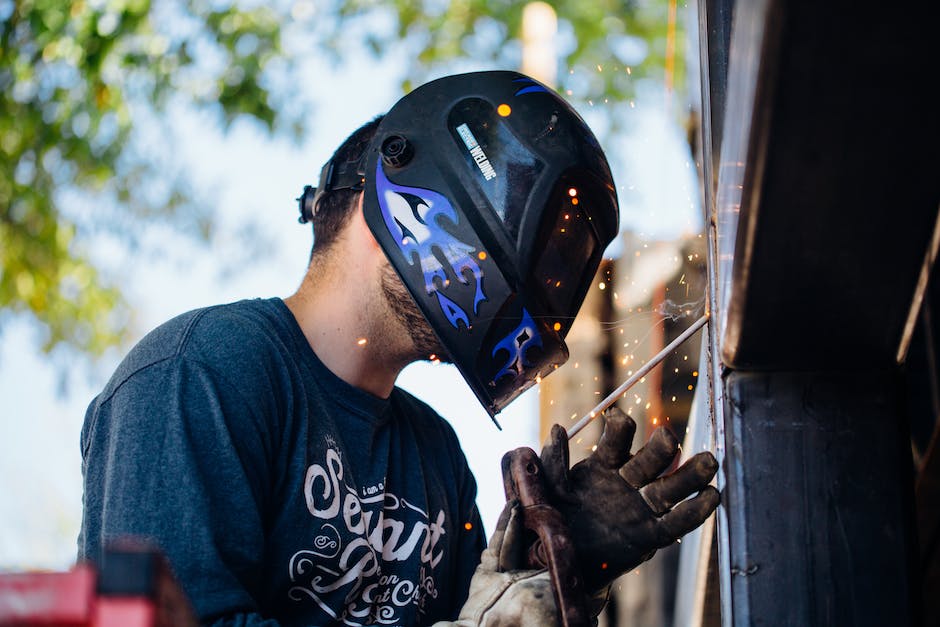
Applying Safety Measures for Welding
Safety Equipment for Welding
One of the fundamental steps in ensuring a safe welding process is securing the necessary safety equipment. Begin by purchasing a welding helmet with an auto-darkening feature.
The auto-darkening helmet can protect your eyes from intense light and harmful infrared and ultraviolet rays. Welding gloves should also be part of your gear; they protect your hands from heat, sparks, and sharp edges.
A welding jacket or apron is necessary to shield your body from sparks and spatters that can cause burns. Wear flame-resistant trousers and safety boots with steel toe caps and non-slip soles for well-rounded protection.
Safety Procedures for Welding
Before you start welding, ensure your working environment is safe. Always work in a well-ventilated and dry area to prevent the build-up of dangerous gases.
Keep a fire extinguisher nearby, especially when working near flammable surfaces such as a wooden table. If your table is not flameproof, it’s crucial to cover it with a non-combustible blanket to prevent any accidental fire. Check your welding equipment before use, making sure there are no gas leaks or frayed wires.
Precautions when Welding near Wooden Surfaces
When welding near potentially combustible surfaces like a wooden table, additional safety measures need to be taken.
Make sure to clear the area of any wood dust, chips, or shavings before you start the process. These materials can easily ignite and cause a fire. Be extremely cautious with your movements, carefully managing your welding tool to prevent sparks from falling on the wood.
One of our articles –How to Sand a Table Top.
Alternatives to Welding Directly on a Wood Table
| Alternative Method | Pros | Cons |
|---|---|---|
| Welding Table | – Sturdy and stable – Designed for welding – Heat-resistant surface | – Expensive – Not suitable for all projects – Limited mobility |
| Welding Blanket | – Protects the wood surface – Affordable – Portable | – Limited durability – Limited heat resistance – May require extra fire safety measures |
| Welding Clamp | – Securely holds workpiece – Prevents table damage – Affordable | – Limited to small projects – Limited versatility – May leave marks on wood |
| Welding Jig | – Customizable for specific projects – Protects the table surface – Reusable | – Initial setup time – Limited to specific project types – May be expensive to make |
| Metal Sheet | – Provides heat and spark protection – Customizable size – Easily replaceable | – Requires additional support. – Can be noisy. – Limited to certain welding techniques |
| Portable Welding Table | – Foldable and portable. – Suitable for small spaces – Affordable | – Limited weight capacity – May not be as stable as a dedicated welding table – May require additional fire safety measures |
Rather than risking the danger of welding directly on a wooden table, consider alternative methods for protecting the surface.
A fireproof welding blanket or mat can be used to shield the wood from sparks and molten metal. Welding blankets are made from fiberglass or silica, which provide excellent thermal resistance. Alternatively, another option is to use a metal welding table or a thick piece of sheet metal to provide a heat-resistant surface.
Remember, even with safety measures in place, it’s crucial to remain vigilant. Frequent inspections of your work area and regular maintenance of your equipment can provide additional layers of protection to ensure a safe and effective welding process.

Photo by collab_media on Unsplash
The essence of wielding the power of welding lies not just in the ability to seamlessly combine materials, but in doing so with safety and prudence.
Armed with a newfound understanding of welding basics and recognizing why a wooden table should not be used directly for such operations, one can now approach welding tasks with research-backed caution.
Introduction to the necessary safety equipment and procedures further reinforces this caution, allowing for the safe practice of welding.
As we explore alternatives to welding directly on a wooden surface, such as the use of a fireproof welding blanket or mat, we continue to adhere to the principle of safety.
It’s a powerful technique in our hands, and with the necessary precautions, it proves to be an indispensable tool in fulfilling mankind’s ever-growing need to create and repair
Related Questions
What are the risks of welding on or near wood?
The primary risks include fire hazards, scorching or burning the wood, and the release of harmful gases from the wood or its finish when exposed to high heat.
How can I protect my wood table during welding?
You can use heat-resistant mats or welding blankets to shield the table's surface from sparks and heat. Ensure adequate ventilation to dissipate fumes and consider fire safety precautions.
What safety gear should I wear when welding near wood?
Always wear appropriate welding safety gear, including a welding helmet, gloves, flame-resistant clothing, and safety glasses. Use a respirator if working in a poorly ventilated area.
How can I ensure fire safety when welding near wood?
Have a fire extinguisher nearby, use fire-resistant materials like welding blankets, and keep the area clear of flammable substances. Follow proper welding techniques to minimize the risk of sparks.
Are there specific welding techniques suitable for wood-related projects?
While welding on wood itself is discouraged, if you need to weld near wood, techniques like TIG welding or MIG welding with low amperage and heat control may be more appropriate to minimize damage and fire risks.
Can I use a wood table as a welding surface with proper protection?
While it's possible to use a wood table with adequate protection, it's safer to invest in a dedicated welding table designed to handle the heat, sparks, and potential hazards associated with welding.
What should I do if a fire starts during welding near wood?
Immediately turn off the welding equipment, use a fire extinguisher if available, and call for help. Do not attempt to put out a large fire without proper firefighting equipment and training.

